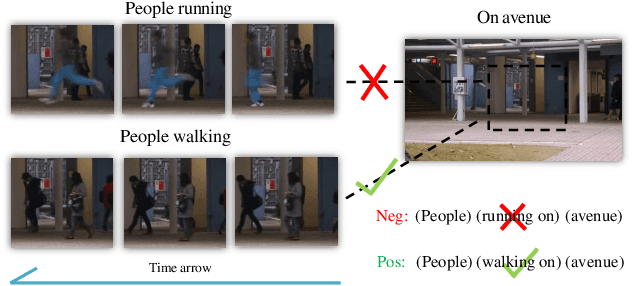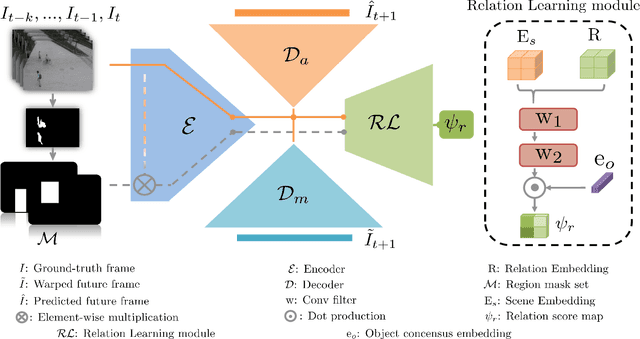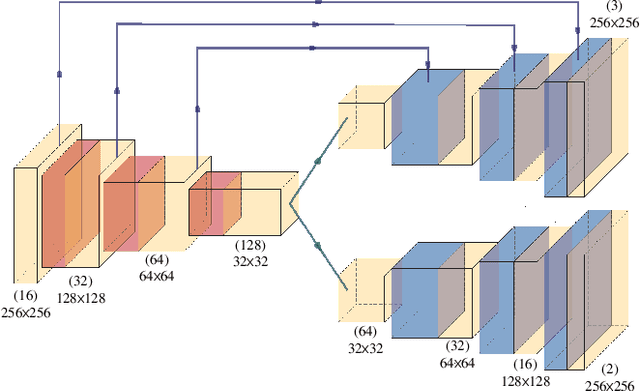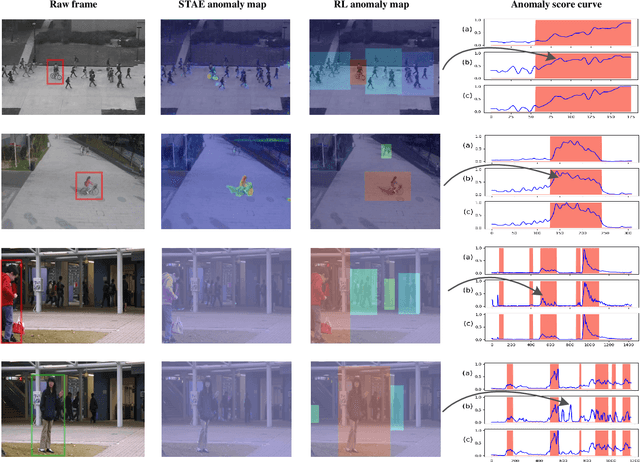Spatio-Temporal Relation Learning for Video Anomaly Detection
Paper and Code
Sep 27, 2022



Anomaly identification is highly dependent on the relationship between the object and the scene, as different/same object actions in same/different scenes may lead to various degrees of normality and anomaly. Therefore, object-scene relation actually plays a crucial role in anomaly detection but is inadequately explored in previous works. In this paper, we propose a Spatial-Temporal Relation Learning (STRL) framework to tackle the video anomaly detection task. First, considering dynamic characteristics of the objects as well as scene areas, we construct a Spatio-Temporal Auto-Encoder (STAE) to jointly exploit spatial and temporal evolution patterns for representation learning. For better pattern extraction, two decoding branches are designed in the STAE module, i.e. an appearance branch capturing spatial cues by directly predicting the next frame, and a motion branch focusing on modeling the dynamics via optical flow prediction. Then, to well concretize the object-scene relation, a Relation Learning (RL) module is devised to analyze and summarize the normal relations by introducing the Knowledge Graph Embedding methodology. Specifically in this process, the plausibility of object-scene relation is measured by jointly modeling object/scene features and optimizable object-scene relation maps. Extensive experiments are conducted on three public datasets, and the superior performance over the state-of-the-art methods demonstrates the effectiveness of our method.
 Add to Chrome
Add to Chrome Add to Firefox
Add to Firefox Add to Edge
Add to Edge